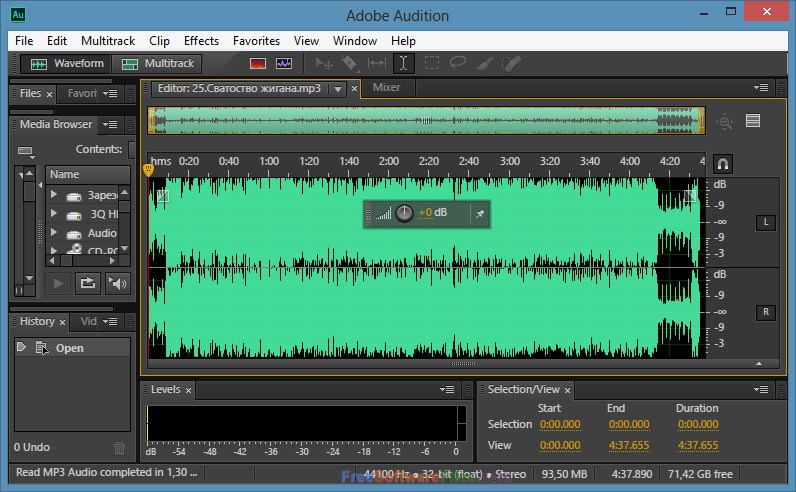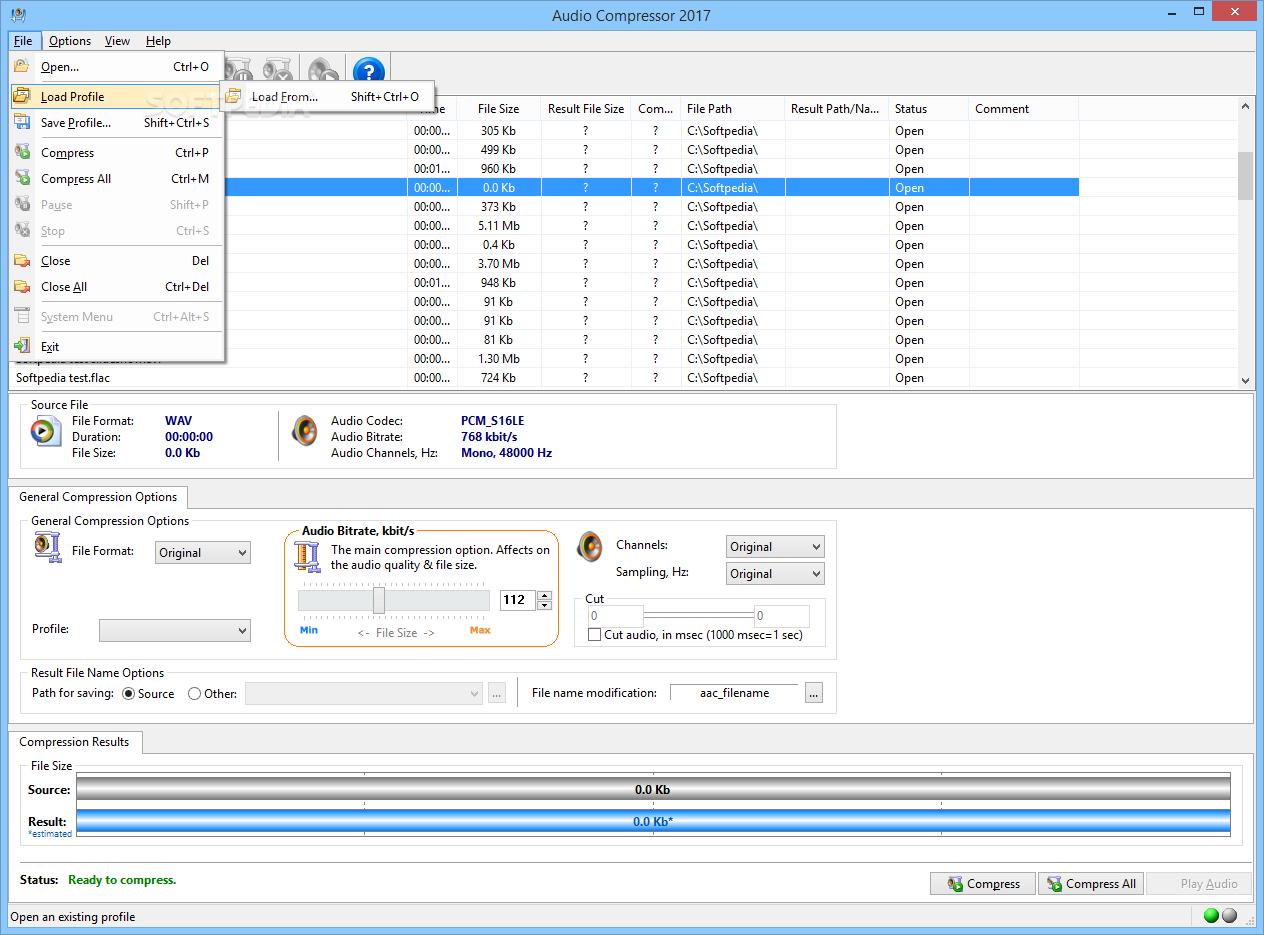
It’s got a bit of a “snake” vibe to it because of the color scheme. You’ve got controls for SC HP, threshold, knee, attack, Alpha-Beta-Sigma weighting, release, ratio, makeup, bypass, and Delta. Its interface is a little different from the typical TDR plugins, but still intuitive and simply designed. Its features included unlimited undo/redo, optional stepped controls, inline help tips, 11 compression flavors, various quality modes including zero-latency operation, and high-quality signal processing. Molotok is perfect for drums, vocals, guitar, bass, and more, whether you want to add some crispness and impact, or enrichment and enhancement to specific tracks. “Molotok” means “small hammer” in Russian, and it gives you access to a wide palette of compression colors. Molotok is a simplified version of their TDR Molot GE. TDR Molotok is yet another Tokyo Dawn Records creation, and while it is closer to a transient processor, knowing the quality of products TDR creates, we thought it was worthy of inclusion. So, if you’re a mastering engineer, this would be a must-have. Some users call it the most transparent mastering plugin available. It looks nice, and it works, so while we wouldn’t consider it “top notch, it’s still quite excellent. It features a simple interface, mostly centered around the knobs, with a single accent color (in this case, blue). The design of Tokyo Dawn Records plugins often strikes us as “professional,” and that goes for Kotelnikov too. Its main controls include threshold, peak crest, soft knee, ratio, attack, release peak, release RMS, makeup, dry mix, out gain, Delta, and bypass. This VST features a 64-bit multi-rate processing structure, “Delta” oversampled signal path, “Crest factor” based control scheme, flexible sidechain highpass filter, advanced stereo linking options, Delta preview mode, latency compensated click-free bypass, and user interface rescaling (100, 125, and 150%). That makes it great for stereo bus compression, in addition to a host of other applications, including mastering, of course. It can change the dynamic range in a major way without losing the original tone, timbre, and punch of any signal. What makes it awesome is that it’s quite transparent. And in that sense, it’s almost like a transient shaper. TDR Kotelnikov is a powerhouse wideband dynamics processor.

It’s powerful enough to be used as a limiter too. Some producers have MCompressor as their favorite compressor, so that should give you a good sense of how good it is. The visualizer makes it easy for you to see how you’re altering the sound too.Īs with all MeldaProduction plugins, MCompressor features a nice, attractive interface that isn’t overly mechanical, technical, or intimidating. It’s still kind of a steal of a deal either way though.Īnyway, MCompressor features an adjustable compression shape as well as up-sampling options for added clarity.Ĭontrols include input, RMS, output, threshold, attack, ratio, release, sidechain compression, and controls for sidechain compression – high-pass and low-pass.
Audio compressor free download full version software upgrade#
But if you want to unlock all the features, you’ve got to upgrade for $59. Now, to get MCompressor, you will need to download the MFreeFXBundle, just so you know.Īnother FYI is this – yes, you can get the bundle for free, and yes, it’s great. If you haven’t heard of the MFreeFXBundle, have you been living under a rock? It includes a lot of great essential mixing VST plugins, just like the MCompressor. It’s one of those compressors that always seems to add instead of taking away. The compression works great on guitars, bass, drums, and more. It’s got a semi-realistic to realistic look, with easy-to-use controls. We’re a big fan of its user interface, which mimics classic outboard gear. It includes features like negative (over) compression, parallel (New York style) compression, options to compress left and right channels independently (dual mono), peak and RMS compression (relaxed), and a high pass filter to reduce bass overload (deep). True to form, you can achieve everything from smooth, gentle leveling, to full on crunch, punch, and pump. These are the shape shifters that will help you create different compression results.

We can see, though, that the DC1A features controls for out, GR, input, output, deep, relaxed, dual mono, and negative.

Which is perhaps giving too much attention to one thing. Turn a dial, and you will immediately notice a difference, which to me is always the mark of a finely tuned dial. The DC1A, though, despite its simplistic controls and appearance, is reasonably versatile, and great sounding. Klanghelm’s DC1A is the little brother of their more fully featured and advanced compressor, DC8C.


 0 kommentar(er)
0 kommentar(er)
